Understanding the Audiovisual Language of Film: Shot Size and Composition
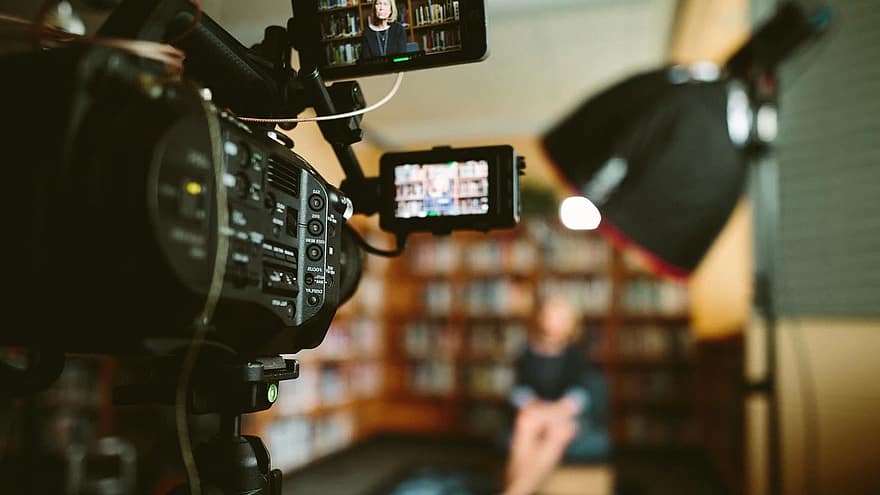
Summary
该工具包旨在通过直观且可作的方法,帮助初学者掌握电影视听语言的核心概念。通过清晰的图表、样本片段分析和互动练习,系统地介绍不同镜头尺寸和构图技巧在叙事结构、情感表达和人物发展中的作用。其设计注重可及性和包容性,确保来自不同学习背景的用户能够轻松理解并参与教材。该资源使学习者能够更具体地理解动态影像,并理解电影与当代艺术电影之间的关系。在当代艺术领域,许多作品超越了传统的叙事结构,运用电影语言来表达。通过这套工具包,普通学生可以获得基础的视觉和听觉分析技能,从而更有效地进入艺术电影领域。
“Cinema is a mosaic made of time.”
——Andrei Tarkovsky, Sculpting in Time (1986)
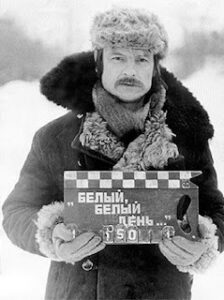
Esculpiendo el tiempo: 2010
Many viewers focus solely on the narrative when watching films, yet cinema’s true allure often lies concealed within its audiovisual nuances—a single frame composition, a dolly shot, or a sound effect can all generate distinctive cinematic storytelling. These elements collectively form what is termed audiovisual language. This toolkit centres on analysing shot sizes and compositions.
Preparation Before Commencing
Smartphone or computer, paper and pen or electronic device capable of drawing
Ready? Now let us delve into the world of audiovisual language.
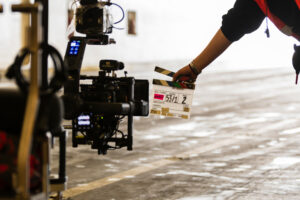
Step 1:Understanding the fundamental principles of shot size and composition(6 minutes)
Within the visual language of film, shot size and composition constitute the most fundamental and core visual elements. They determine how a shot shapes emotion, conveys information, and establishes a relationship with the audience. Grasping these two concepts represents the first step into the realm of film analysis and creation.
Shot size: Shot size refers to the distance between the camera and the subject being filmed, influencing the audience’s sense of intimacy, oppression, or detachment towards characters or scenes.
-
Wide shot: Emphasises the environment, with people appearing small, evoking a sense of solitude, grandeur, and insignificance.

Downtown Vancouver Skyline Evening Wide | Shot on Canon Rebe… | Flickr
-
Full Shot: A shot encompassing the entire figure, showcasing movement and relationships.
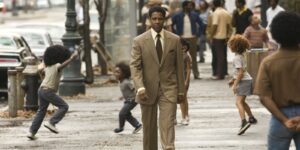
Cine y … ¡acción!: Especial recomendaciones temáticas: hoy, películas …
-
Medium Shot: Above the waist, used for dialogue and everyday situations.
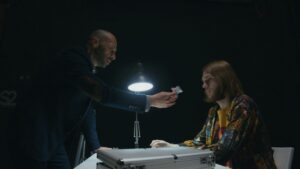
A Man Interrogating Another Man · Free Stock Video
-
Close Shot: Above the chest, positioned close to the subject, conveying intense emotion and psychological tension.

Ultimate Guide to Camera Shots [50+ Types of Shots and Angles in Film]
-
Close-up: Focusing on eyes/mouth/object details, sharp focus, heightened tension.
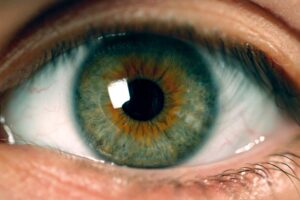
Free Images : green, color, blue, eyebrow, mouth, eyelash, close up …
Composition: Composition determines how elements within an image are arranged, thereby influencing narrative, atmosphere, and visual guidance.
-
Rule of Thirds: Position the subject at the intersection points for a naturally pleasing composition.

Fotografía para principiantes: Las geometría, la fotografía y Lightroom
-
Centred Composition: Positioning the subject squarely in the centre conveys power, oppression, or a sense of ceremony.

The Ultimate Guide to Composition – Part One: Just Say “No”keh | Fstoppers
-
Symmetrical/Asymmetrical Composition: Establishing a sense of stability or imbalance.

The Aesthetic of Wes Anderson – Aesthetics of Design
-
Leading Lines: Roads, window frames, and other elements that guide the viewer’s gaze.

australia, riverside, tamar island wetlands centre, leading lines …
-
Negative Space Composition: Extensive blank areas create a sense of solitude, suspense, or space for contemplation.
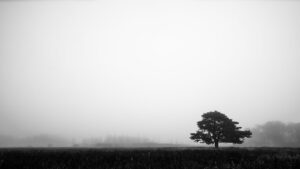
negative space | Hansen de Sade | Flickr
Step 2: Select a scene of interest (3 minutes)
Choose one scene from the following three that captures your interest and attempt to understand the emotion conveyed by the shot.
-
Scene 1:Reference Film: Dying to Survive(2018)
This is a wide shot. Though it is daytime, the outdoor passageway is pitch-black, with only a faint glow visible at the far end. Two vehicles are parked within the passageway. A woman kneels beside the car closest to the camera, pleading incessantly, while a security guard stands behind her. The symmetrical composition highlights the woman’s diminutive stature against the deepening passageway and the guard’s imposing figure. Positioned near the bottom of the frame, she is dwarfed by both the vehicle and the security guard towering above her.
-
Scene 2: Reference film: Parasite(2019)
A long shot captures a family scurrying home like cockroaches during a torrential downpour. The diagonal composition features stairs as a leading line traversing the frame. The family runs downhill from an uphill slope, moving from illuminated areas into darkness. The figures occupy only a small portion of the frame’s left side.
-
Scene 3: Reference Film:(2022)
A close shot shows a man speaking to a woman in an interrogation room. The woman, viewed through surveillance footage, appears alongside the man in real life within the same frame. They stand back-to-back in a symmetrical composition, with the camera’s focus shifting between them.
After selecting your choice, use 30 seconds to record two words describing the emotion conveyed by the shot.
Step 3: Use your imagination to recreate the shot (5 minutes)
Take out paper and pen or a device suitable for drawing. Drawing on the knowledge of shot sizes and composition you’ve just learnt, along with the written description, and incorporating the emotions you’ve felt, let your imagination run wild! Visualise this shot and sketch it out simply.
Step 4: Interpreting the Shot (6 minutes)
Play classic film clips corresponding to the aforementioned storyboard scenes, demonstrating how shot sizes and compositions convey information and shape the emotional tone of each frame.
-
Scene 1:Reference Film: Dying to Survive(2018)
Previously: The woman’s husband suffers from leukaemia. Their impoverished family cannot afford genuine medication, relying instead on counterfeit drugs supplied by their employer, Cheng Yong, to sustain his life for years. However, selling counterfeit drugs is illegal, and Cheng Yong no longer wishes to engage in such unlawful activity. Unable to procure the cheap counterfeit medication, the woman’s husband is near death. She therefore approaches Cheng Yong, who is seated in his car, to plead her case.
Shot Analysis: A wide-angle long-depth-of-field shot employs a panoramic perspective. The elongated corridor and the security guard’s imposing figure accentuate the woman’s diminutive stature. The composition employs symmetry: though the woman, security guard, and car occupy symmetrical positions, the vehicle visually dominates the frame far more than the kneeling woman. Positioned low in the shot, she is dwarfed by both the car and the guard. As the vehicle speeds away, her isolation, helplessness, and despair are intensified. The visual centre is flooded with light, while the woman remains shrouded in darkness, foreshadowing her bleak circumstances and foreboding future.
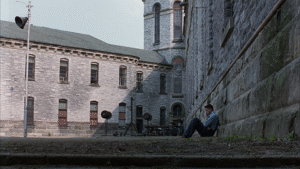
CRÍTICA THE SHAWSHANK REDEMPTION (1994) . POR LAURA OLIVETO : Dragster …
- Scene 2: Reference film: Parasite(2019)
Previously: The family, originally from the lower strata of society, secured positions within a wealthy household through various deceptive means. One day, while the wealthy family were away on holiday, they secretly occupied the villa. Unexpectedly, the wealthy family returned abruptly, forcing the family to flee in panic.
Shot Analysis: A long shot establishes the relationship between environment and characters, conveying the trio’s desperate flight. The figures descend sequentially from the illuminated upper reaches of the staircase towards the shadowy ground level below. Their diminutive scale within the frame suggests cockroaches, forced to shun light and survive only in the damp, subterranean darkness. The diagonal composition of the descending slope intensifies the sense of depth and spatial shift. It also symbolises their perpetual inability to bridge the class divide, condemning them to a life of subordination. The entire frame conveys a palpable tension and oppressive atmosphere to the audience.
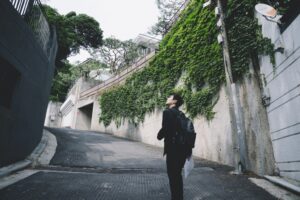
Lifescape / 生活風景: 寄生上流(기생충)——沿著階梯走上意外的最小阻力之路
-
Scene 3: Reference Film: Decision to Leave(2022)
Previously: The woman is a suspect in a murder case, the man is a police officer. The man is interrogating the woman, but during their interaction, he develops feelings for her, and their relationship begins to shift.
Shot Analysis: This is a close-up shot, with the two figures positioned back-to-back in a symmetrical composition. The woman appears on a surveillance monitor alongside the man within the same frame, indicating her position as the subject of scrutiny and establishing their current roles as interrogator and suspect. The subsequent close-up slowly pulls back, shifting focus between the pair. Their symmetrical composition now suggests their relationship is blurring, transitioning from police officer and suspect to that of a man and woman interacting.

영화 “헤어질 결심” 리뷰 : 박찬욱 감독의 심오한 느와르 로맨스


